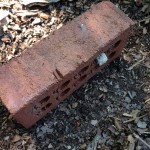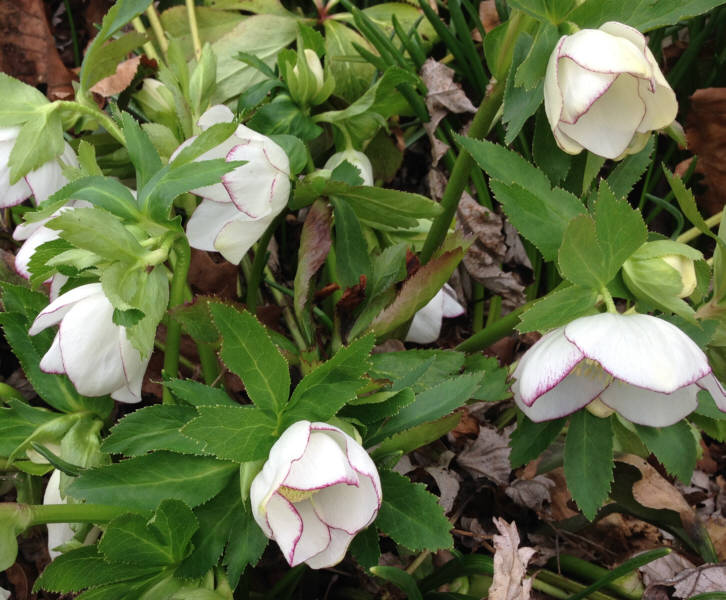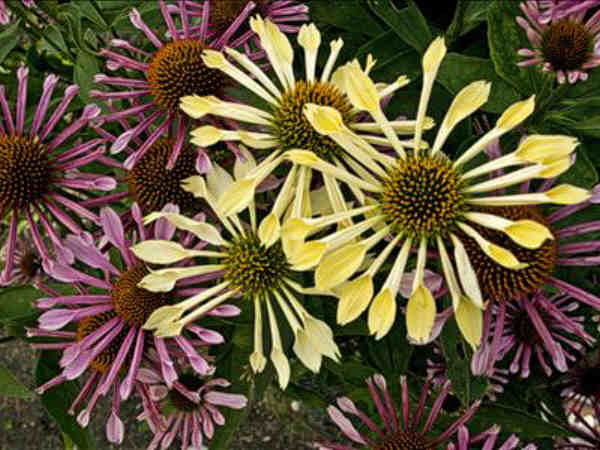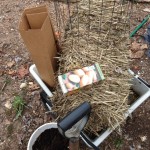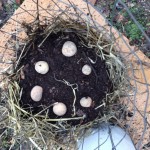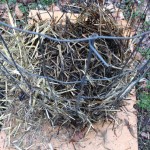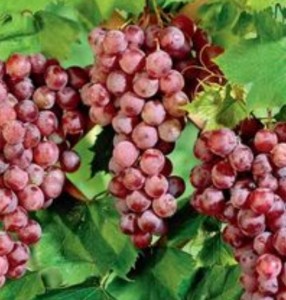Come visit and take a look in our gardens, you’d surely soon guess my favorite color in plants. From light lavender to a deep, nearly black – purple – it’s present in every bed and during every season.
But not every purple flowering plant is a keeper. Henbit – OH NO! I have no idea where it came from but it’s everywhere in our garden. Lamium amplexicaule officially is a member of the mint family, flowers during cool weather and is present throughout the US.

Henbit – GO AWAY!
Mulching
My favorite method, so I’ll mention it first. Spread newspapers, flattened cardboard boxes and junk mail around the plants and cover with a thick layer of compost or mulch. Instantly, the beds look great and cared for and weeds stay suppressed all season. You may be tempted to go for weed fabric or plastic – resist and use biodegradable paper. It’s better for the environment and there will be no need to wrestle with bits and pieces of material a year or two down the road.
Don’t give weeds a chance to get started!
Hand Weeding
What other activity can you think of that is so destructive and rewarding at the same time?
While not having to hand weed would be the best option at all, no amount of mulching and using groundcovers will eliminate weeds completely. Henbit seems to only need a single ray of sunshine and a speck of dirt to grow into a fine specimen plant!
Try to disturb the ground as little as possible and avoid disbursing weed seeds (don’t shake off the plant) before tossing it. Use a hand weeder or a pair of clippers to cut off at the base. repeat as needed and sooner or later, the roots will be exhausted and incapable of sending up new growth.

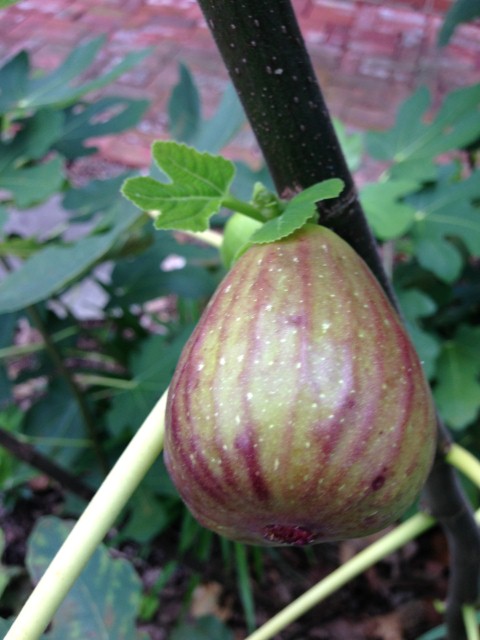
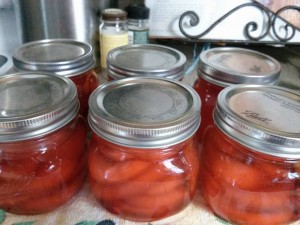
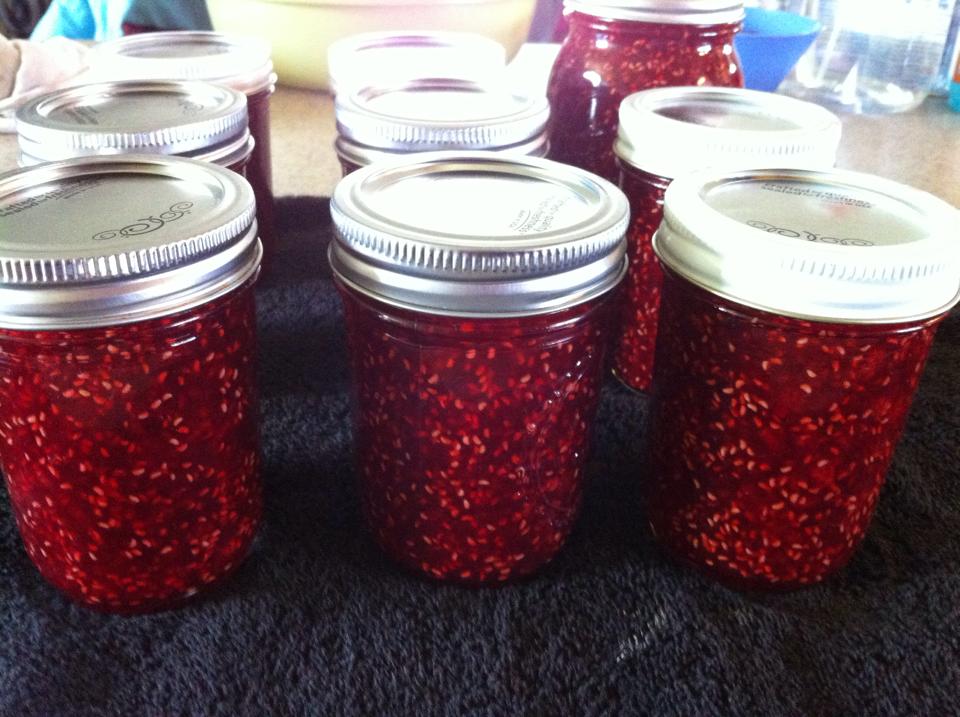
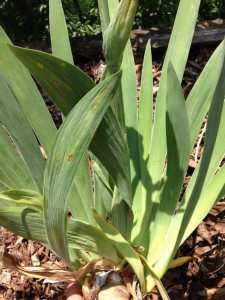 he rhizomes are so shallow makes them really easy to dig up. The easiest way is to use a fork — simply insert the fork near the edge of the rhizome and wiggle it around a little and it will pop up easily.
he rhizomes are so shallow makes them really easy to dig up. The easiest way is to use a fork — simply insert the fork near the edge of the rhizome and wiggle it around a little and it will pop up easily.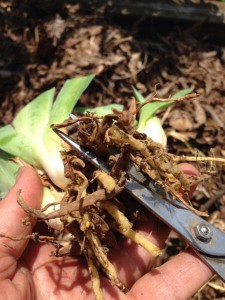


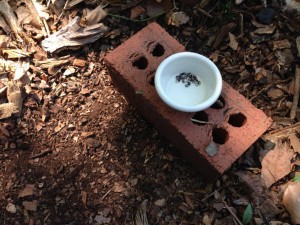 You will need one brick for every 15 to 20 seeds. Collect the seeds when they are ripe and fresh, usually sometime in May for most locations. Plant your seeds as es soon as possible after purchasing or collecting, you’ll want them in the ground by the end of June at the latest. Select your new planting spot. Just rough up the soil a little and sprinkle your seeds. Top them with the flat side of your brick. You’re done!
You will need one brick for every 15 to 20 seeds. Collect the seeds when they are ripe and fresh, usually sometime in May for most locations. Plant your seeds as es soon as possible after purchasing or collecting, you’ll want them in the ground by the end of June at the latest. Select your new planting spot. Just rough up the soil a little and sprinkle your seeds. Top them with the flat side of your brick. You’re done!
